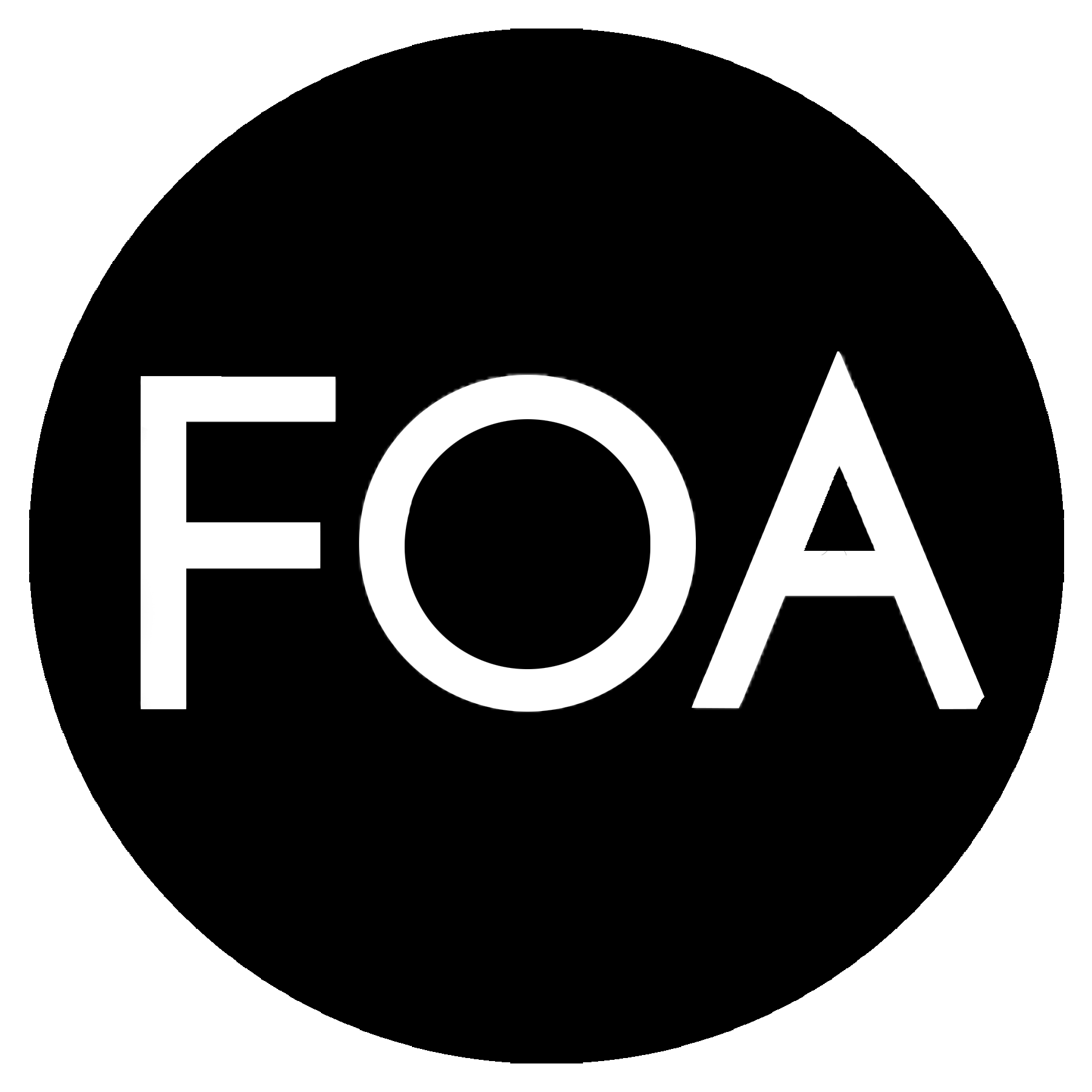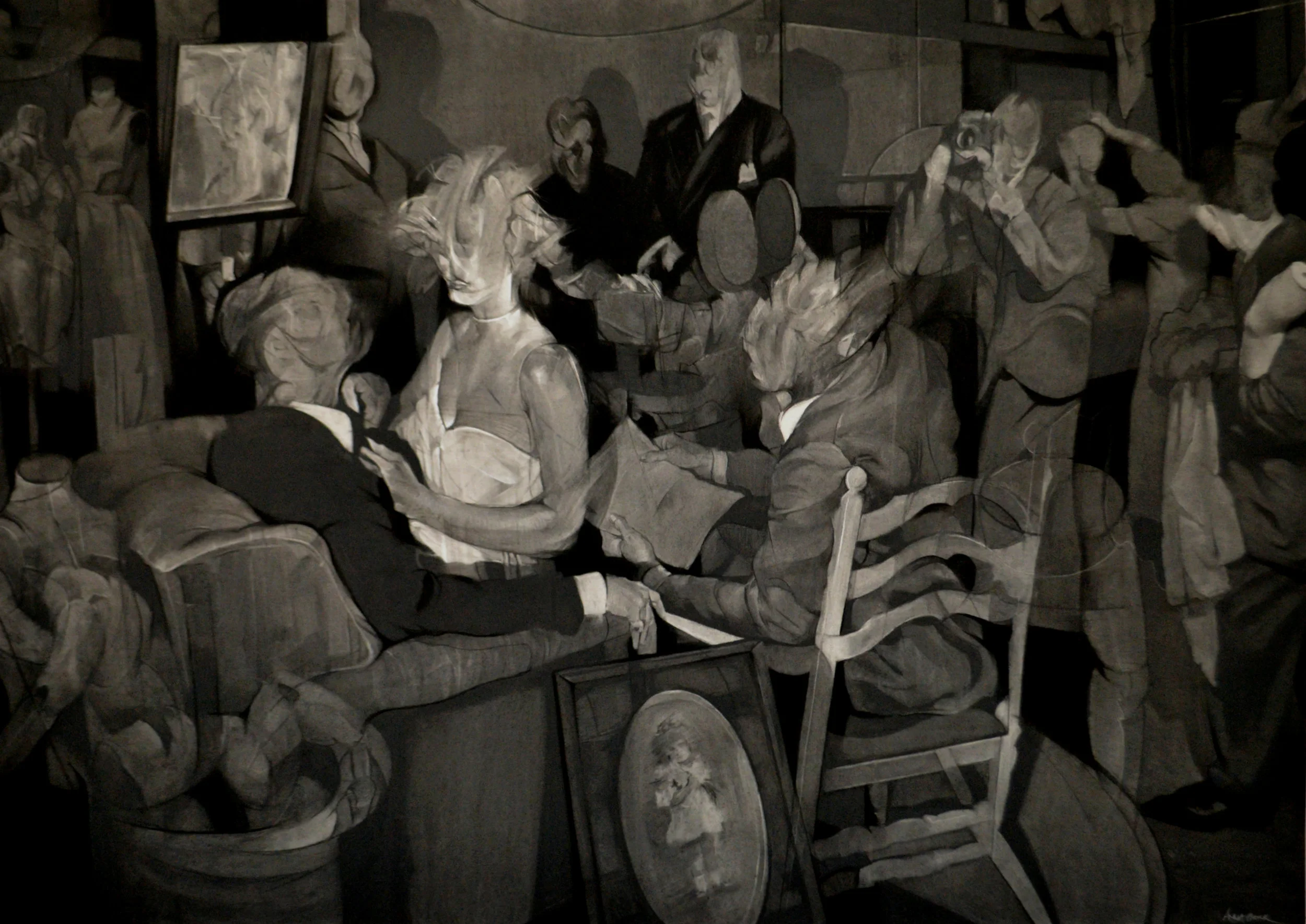Interview with Anna Park
Anna Park
Ode to the Butcher, 2018
Charcoal on paper
50 x 70 in.
This article was written by Morgan Everhart and originally published in Volume 7.
I was delighted to meet with Anna Park based out of Brooklyn, NY over coffee after the curation of this Volume of Friend of the Artist. Anna is a graduate student studying Drawing at the New York Academy of Fine Art and previously studied at Pratt Institute.
Park is a young artist who identifies strongly with dry mediums and is excellent technically when rendering her drawings. “Charcoal is my bread and butter”, says Anna and it shows. Anna and I discussed how some materials can relate inherently to an artist’s subject and research. In her recent charcoal drawings, she appropriates images from the 1920s that are compositionally referential to old masters. Anna says, ”a lot of the way I design my pieces are highly influenced by black and white film, because I feel as though without the variable of color, each shot was purely reliant on lighting and composition. I try to adopt this mode of thinking through a monochromatic lens.” She mentioned how ingrained formal elements like composition and color, or lack thereof, can affect how a narrative happens. With her recent drawings, black and white captures a moment. We’re not sure the specific narrative or individuals really matter right now. However, Anna knows that intimacy and the subjectivity of time are operating first as the image unfolds.
Anna Park
Expectations, 2018
Charcoal on paper
25 x 37 in.
In her research, she is pushing the abstraction of her subject in different ways that depend on the environments she draws. For Anna, her individuality comes in through the abstraction, the appropriation and ambiguity of selected narratives, the titles, and the charcoal. She states that, "I choose to obscure the faces, almost as if they are melting in and out of the background. This is a reflection on how my self identity has at times been at risk of being lost through the many transitions in my life that I have experienced. ”As she moves forward, she’ll explore how different references, scales, and mediums will move her closer to what’s at the core of her research, which is the introspection and contextualization of one’s self in any society, culture, time, or place.
While we were examining her work, we were discussing her time presently in graduate school. Questions of medium specificity arise as colleagues challenge her to explore more painterly avenues. We think there are many ways to go about making work in such a time as grad school, but the key is to never lose sight of why you’re creating. Go in every direction possible, try everything, and take all of the suggestions you’re given as diplomatically as possible. After graduate school, create whatever you want.
-Morgan Everhart


